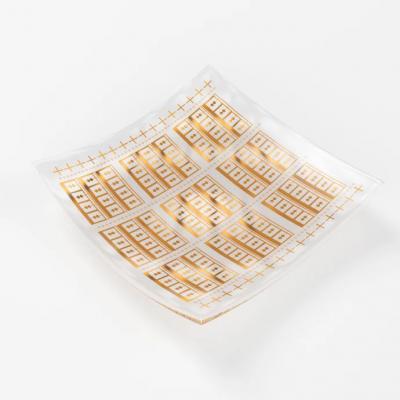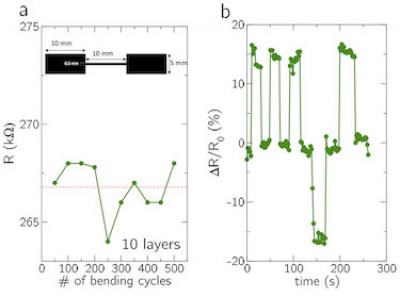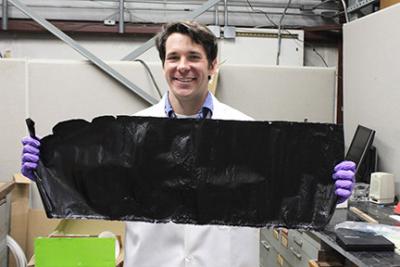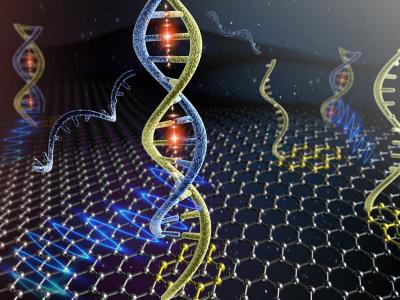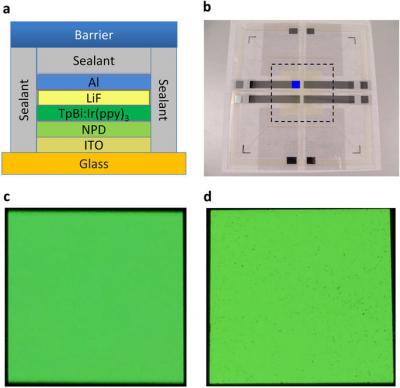Versarien enters agreement with Israel Aerospace Industries to develop graphene-enhanced aerospace composites
 Versarien has announced a collaboration with Israel Aerospace Industries in order to develop and test its graphene technology in aerospace composite structures.
Versarien has announced a collaboration with Israel Aerospace Industries in order to develop and test its graphene technology in aerospace composite structures.
According to Versarien, IAI had agreed to buy its Nanene few-layer graphene nano-platelets technology. IAI, a defense and aerospace company, will incorporate it into composite panels for testing and evaluation with the potential to develop it commercially.
